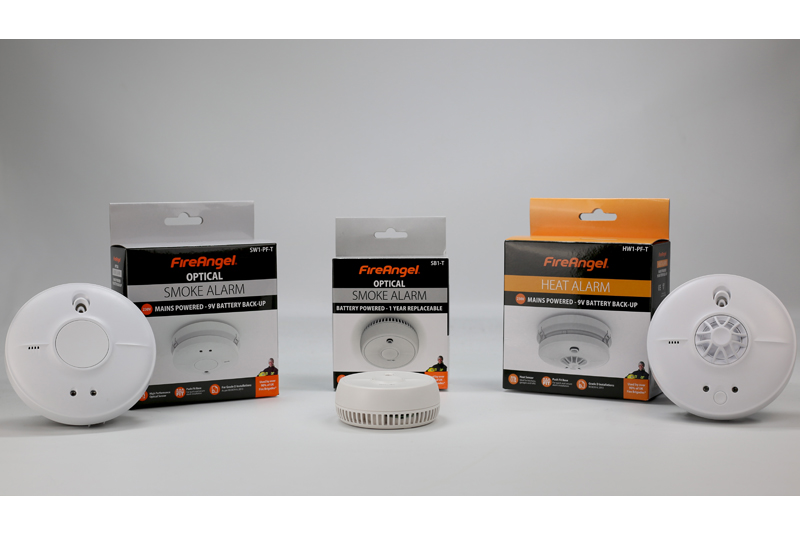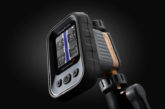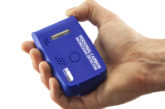
FireAngel is paving the way for enhanced fire safety by removing all ionisation sensing technology from its range of smoke alarms.
The latest FireAngel battery and mains powered alarms, which will be launching in April, feature optical rather than ionisation sensing technology, as recommended by UK Fire and Rescue Services and British Standard 5839-6.
Illegal in a number of European countries, and set to become illegal in the UK within the next few years, ionisation alarms feature a small amount of radioactive material (Americium 241) that gives off low levels of radiation. This presents both environmental and sensitivity issues as not only do the alarms have to be disposed of correctly due to the radioactive materials present, but they are also over-sensitive to spurious sources such as cooking fumes and dust that can cause false alarms. These nuisance alarms can often result in tenants removing or damaging ionisation alarms, meaning they are no longer protected.
Ionisation alarms are extremely sensitive to small particles of smoke produced by fast-flaming fires, such as those produced by paper or wood, and successfully detect fire before smoke gets too thick. However, the sensitivity of ionisation alarms makes them unsuitable for installation in circulation areas near kitchens due to the number of false alarms that cooking fumes may produce.
Alarms utilising optical sensing technology are far better suited to installation near kitchens, as they are more sensitive to the optically active particles found in dense smoke that is produced by slow-burning fires, such as the smouldering of foam-filled upholstery or overheated PVC wiring.
While optical detectors are marginally less sensitive to fast flaming fires, they are therefore less likely to sound in response to cooking fumes than ionisation alarms, making them more suitable for installation in circulation areas close to a kitchen.
Whilst ionisation alarms are a popular smoke alarm to install in properties due to their low price points, the British Standard recommends the installation of optical detectors (found in both optical and multi-sensor alarms) over ionisation alarms in circulation spaces, such as hallways and landings. This is due to ionisation alarms being less sensitive to smoke from low-flaming fires that have travelled a distance from the sources, such as smoke travelling out of a kitchen, living room or bedroom into a circulation area.
James Hall, Technical Director for FireAngel, said: “Whilst ionisation alarms were popular for many years due to their lower price point, they have now been overtaken by much more reliable multi sensing optical technologies, such as FireAngel Thermoptek. This, and issues around the safe disposal of the radioactive material contained in ionization alarms, is why we have made the decision to completely move away from ionisation technologies, offering the enhanced protection that optical alarms provide at the price point of an ionisation alarm.
“This ensures that higher levels of protection are available to the public, as the alarm offers a higher tolerance to false alarms and outstanding reliability, whilst also being affordable.”
The new range of mains powered and battery powered alarms are manufactured in a new facility, which has been developed to support production increase and accelerate research and development into new technologies.
James concluded: “FireAngel is fitted by over 90% of the UK’s Fire and Rescue Services due to the high-quality alarms we produce. Our latest range of mains and battery alarms feature the latest in optical sensing technology, enabling individuals to receive higher levels of protection at the more cost effective price of ionisation alarms, whilst also being in compliance with BS 5839-6 standards. This enables us to continue to provide greater and more adequate levels of protection to all individuals.”
For more information, visit: www.fireangel.co.uk













